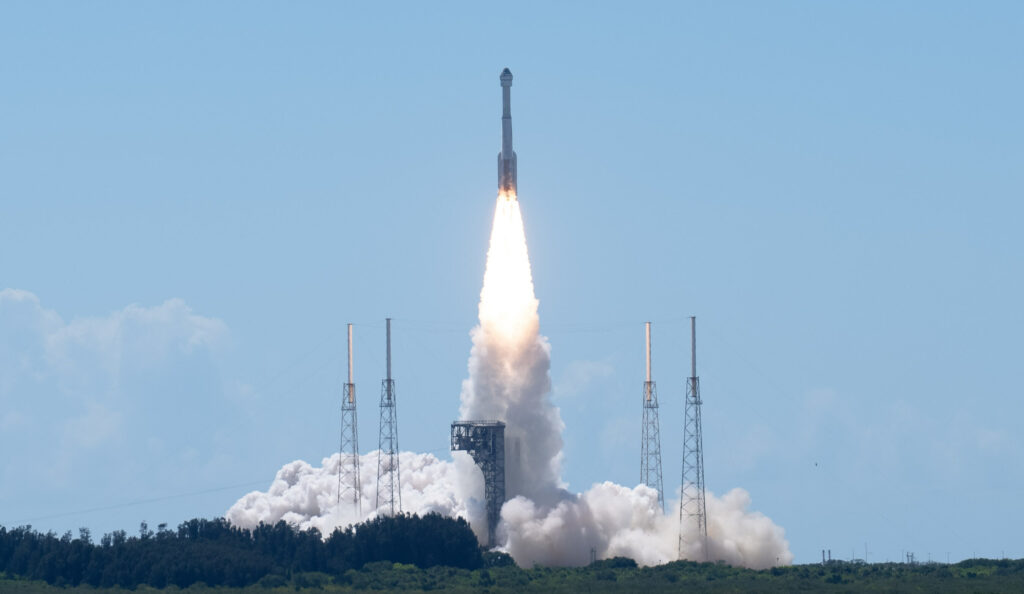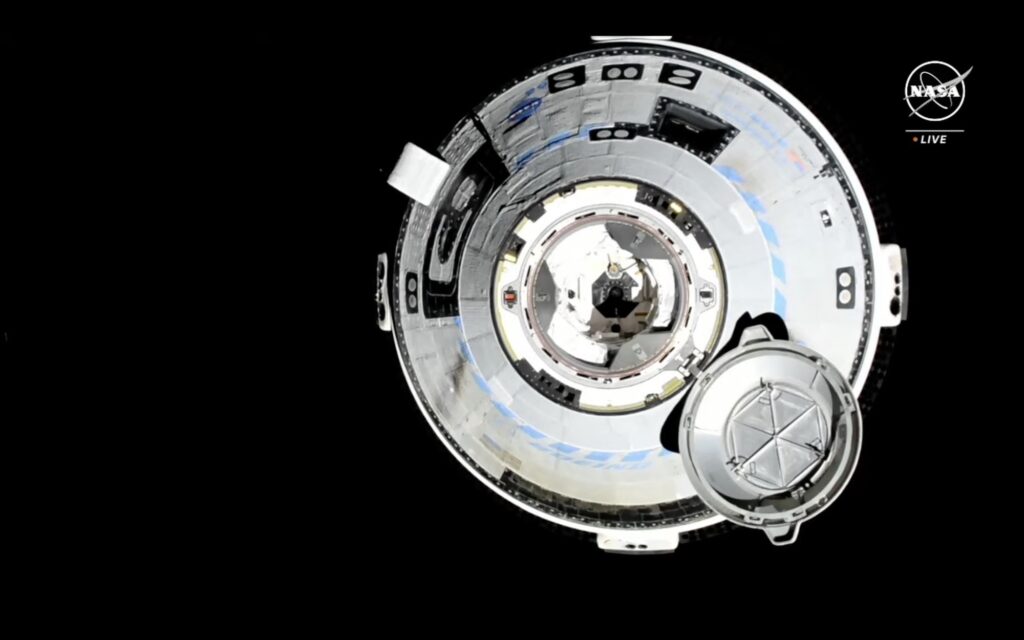The first crewed test flight of Starliner finally lifted off from the ground following a series of stalled launch attempts. United Launch Alliance’s human-rated ATLAS V N22 (422) (RL10A-4-2) launch vehicle made its ascent from Cape Canaveral, Florida, on 5 June at 16:52 GMT. Starliner successfully separated from the upper stage and was subsequently inserted into orbit.
The spacecraft began its journey to the International Space Station (ISS) carrying NASA astronauts Commander Barry (Butch) Wilmore and Pilot Sunita Williams. They are expected to spend around a week at the ISS before returning to Earth.
The initial part of the mission appeared to run smoothly but, several hours later, NASA revealed that two new helium leaks had been detected on the vehicle as it travelled to the ISS. This was in addition to one (deemed acceptable by the space agency) found prior to launch.
In a post on X, NASA said: “Teams have identified three helium leaks on the spacecraft. One of these was previously discussed before flight along with a management plan. In the end the mission was given permission to launch. The other two have relieved themselves since the spacecraft arrived on orbit. Two of the affected helium valves have been closed and the spacecraft remains stable.”
This isolation move, affecting two manifolds, disabled six of the 28 reaction control system jets mounted in four propulsion modules on the service module. While this should not directly affect the mission, it does represent a loss of redundancy.
Update on 7 June: A fourth helium leak has been discovered.

Boeing’s CST-100 Starliner launches atop a ULA Atlas V rocket on the Crew Flight Test on June 5, from Cape Canaveral Space Force Station in Florida. (Photo credit: Boeing/ Joey Jetton)
More seriously, NASA later revealed that five of the thrusters had also failed to work completely due to a software fault. This delayed the final docking. The spacecraft was kept about 200 m away from the ISS while the fault was worked on. Eventually four of the five thrusters were brought back online, and docking was achieved at 1733 GMT on 6 June.
Update on 24 June: Starliner was supposed to return on 13 June. However, NASA decided that it wanted to review all the helium and thruster issues before it gave the green light to a return flight. To date five helium leaks have been discovered, however all but one thrusters were believed to be in working order.

Starliner comes into dock with ISS on its first crewed flight test. Courtesy: NASA TV
Update on 28 June: Almost a month on from its launch the triumphant story of Starliner’s journey to the ISS has literally come to an unexpected – and extended – standstill.
Starliner was only supposed to stay docked to the ISS for eight days, but it has been kept there for nearly a month while NASA investigates the helium leaks and thruster problems on the spacecraft. According to the latest update from NASA, the additional tests were due to start on 2 July and take a couple of weeks. The space agency said it would only set a return date for the spacecraft and its astronauts after the tests were complete and results reviewed. Steve Stich, commercial crew program manager, insisted that “Butch and Suni are not stranded in space”, in response to media speculation about the crew. “Our plan is to continue to return them on Starliner and return them home at the right time,” he added.
Comment by Farah Ghouri: Being in space without a return date. It’s the stuff of sensational Hollywood sci-fi movies and of many people’s nightmares.
While NASA insists that its astronauts are not stranded in space, the reality is that they are in space and, at the time of writing, had no clue of when they would be able to return to Earth safely. That said, this is a crew flight test and NASA is right to err on the side of caution before putting Wilmore and Williams back on Starliner to make sure they reach home safely.
The space agency feels aggrieved at the media narrative around its mission, but its lack of updates on Starliner have hardly helped. The briefing about the test mission, in which the agency said that Starliner would remain at the ISS well into July, was the first in ten days.
Post Script: ULA enjoyed receiving NASA plaudits for its first successful human launch. ULA CEO Tory Bruno received the traditional “congratulation” by NASA given for a first successful flight. He had his tie cut into two.
David Todd contributed to this report








